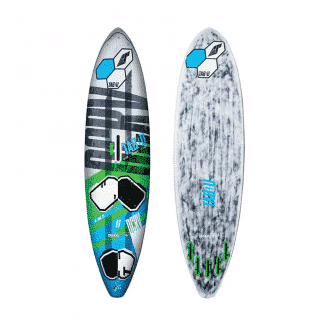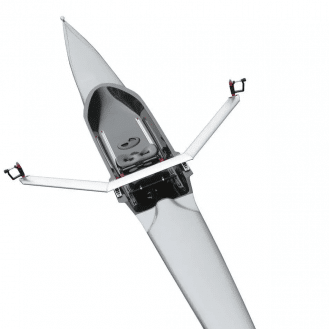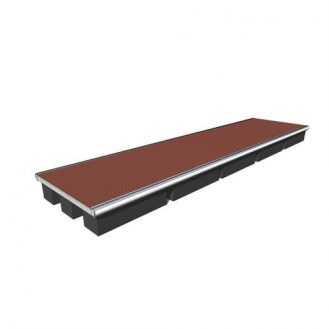
Mercury Outboards propeller
The fewer blades a propeller has, the more efficient it is. Unfortunately, fewer blades also means more vibration. Three-bladed propellers are the most common for pleasure boating because they offer the best compromise between smooth performance, speed and consumption. Propellers with 4 or 5 blades allow better acceleration and significantly reduce vibrations. On the other hand, it is to the detriment of maximum speed and fuel consumption.
Each propeller blade has two surfaces that displace water to move the boat. As the propeller rotates, the blade back creates a low pressure that helps pull the boat forward. The blade face creates high pressure as it rotates. This pressure forces a stream of water away from the propeller. As the water is pushed to the rear, an equal force pushes the boat forward. Today, many propeller blades have a cup incorporated at the trailing edge which allows for a better bite on the water; it reduces ventilation and slipping, while aiding in a quicker acceleration.
Here are some basic propeller terms:
- Leading Edge: The edge of the blade closest to the boat.
- Trailing Edge: The edge of the blade farthest from the boat.
- Blade Tip: The point on the blade farthest from the hub. It separates the leading edge from the trailing edge.
- Blade Root: The area where the blade attaches to the hub.
- Blade Back: The side of the blade closest to the boat (low pressure side).
- Blade Face: The side of the blade opposite to the boat (high pressure side).
- Rake: The angle the blade tip tilts away from the gearcase, either flat or progressive (angle increases with distance from the hub). Most propellers have between 0º and 20º rake.
- Cup: The small curved lip edge of some propellers. It reduces ventilation and slipping, especially when operating in disturbed or aerated water.








